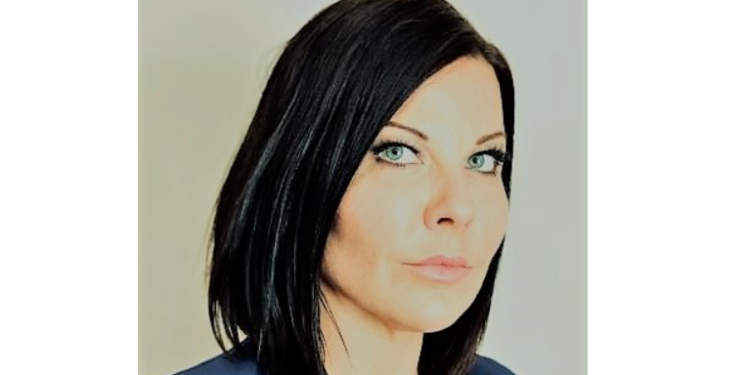The biggest misconception about critical illness (CI) is customers think it is terminal illness cover.
This is according to advisers Health & Protection spoke to to gauge misconceptions about CI cover.
This followed on from Beagle Street research released this morning which revealed more than half (53%) of 18–40-year-olds do not understand what critical illness cover is for, and one third (29%) have never heard of the product.
“When I talk to clients lots think it’s more like terminal illness,” Naomi Greatorex, managing director at Heath Protection Solutions (pictured), told Health & Protection. “I think it’s because critical illness as a title sounds like it could be something that you won’t recover from.”
Joanna Streames, owner of Velvet Mortgage and Insure Services, agrees – adding advisers need to bring CI to life using stories.
“As with all groups, it is often confused with terminal illness cover,” Streames said. “Bringing to life the cover need through stories is what I find to be the best solution and using well known public people to demonstrate it can happen to younger people.
“Also I use my personal story about how my own mum was diagnosed with cancer at 39 and just after 41 had left two young girls to fend for themselves. And of course, the financial provision wasn’t adequately there.
“It is still an uphill battle but I believe this is the solution through advisers sharing stories and cases and raising awareness.”
Alan Lakey, director of Highclere Financial Services, warned the vast majority of clients do not read brochures and will not know what is included despite the best efforts of advisers or insurers.
“Previous research showed that a large percentage assumed it paid out if unable to work due to illness,” Lakey continued.
“A detailed suitability letter would run for 10 pages or more if all the information was included and both the FCA and FOS take the view that such a document would not be read.
“The onus is on the client to read the brochure, which generally doesn’t happen. Clearly greater awareness is required and greater simplicity to assist it.”
Emma Astley, owner of Cover My Bubble, told Health & Protection that so many clients just don’t get CI.
“Advisers need to do more at explaining it and giving comparisons between insurers and making sure to include children or bump cover if pregnant,” Astley added. “Some families think its going to cover their income when they have come through to me as that’s how it has been sold. So it can be very misleading depending on how it was sold to them.”
Alan Knowles, co-managing director at Cura Financial Services, agreed that in his experience many people do not understand what critical illness cover is.
“The majority of customers who approach us asking for the cover, actually describe income protection,” Knowles continued.
“In other words something that pays if they cannot work which is not what critical illness cover does. An adviser’s role therefore is pivotal in ensuring that customers know the differences and the benefits to both plans – in an ideal world customers would have both critical illness and income protection, but if they can only afford one then they need to make sure they know what they are purchasing.”
David Hollingworth, associate director, communications London & Country Mortgages, explained it is difficult to sum up the benefits or define critical illness and clearly that leads to some misunderstanding or preconceptions of what it could have to offer.
“If it was a case of a rebrand then I’m sure that would have happened already and these stats further underline how crucial a role advisers play in helping people get to grips how products work and can benefit them and their families,” Hollingworth added.






